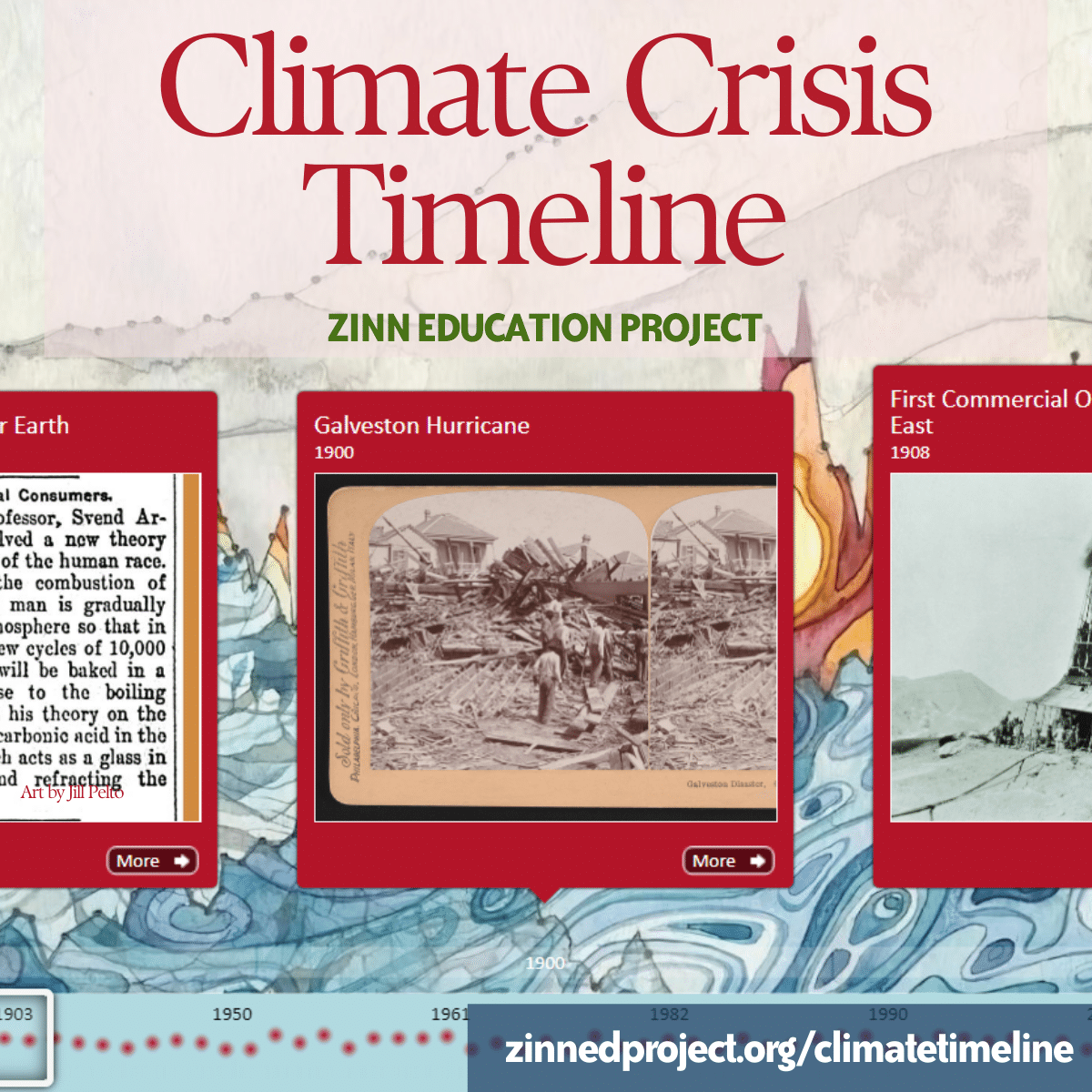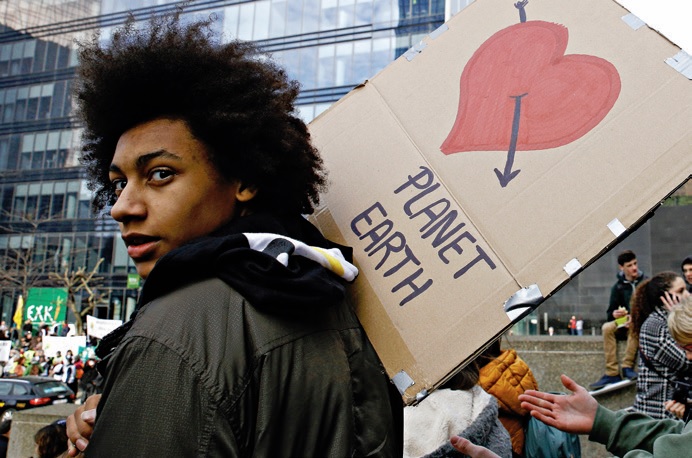Francis Molina’s article Remarkable Weather of 1911: The Effect of the Combustion of Coal on the Climate — What Scientists Predict for the Future was published in New York’s Popular Mechanics on March 1, 1912. It was then republished in New Zealand and other papers around the globe, becoming one of the first news items to directly connect increased coal burning, increased CO₂ emissions, and increasing temperatures of the Earth. According to the article, this phenomenon turns air into “a more effective blanket.”

Image and caption from Popular Mechanics magazine (March, 1912) succinctly describing how burning coal causes what is now known as the greenhouse effect, and how it may affect future climate. Source: Popular Mechanics, March 1912, p. 341.
Alex Bell writes about Molena’s groundbreaking article in Slate‘s Strange Weather We’re Having:
Molena notes “a general impression among older men” that the “good old-fashioned winters” they knew in their youth — snow 15 feet deep, lasting six months — had gone. The weather just wasn’t what it used to be. Molena reminds readers that once upon a time, parts of the Earth had very different climates. After taking them through a basic explanation of the greenhouse effect and the warming role of carbon dioxide, he asks whether, as we know burning oil and coal produces carbon dioxide, we might now be producing sufficient quantities to alter the climate?
Never keen to pour pessimism on mainstream ideas of progress, Popular Mechanics takes all this extra warmth as largely for the good. Perhaps future generations will thank us for burning all this coal, Molena muses: “It is largely the courageous, enterprising, and ingenious American whose brains are changing the world. Yet even the dull foreigner, who burrows in the earth by the faint gleam of his miner’s lamp, not only supports his family and helps to feed the consuming furnaces of modern industry, but by his toil in the dirt and darkness adds to the carbon dioxide in the Earth’s atmosphere so that men in generations to come shall enjoy milder breezes and live under sunnier skies.”
Learn more in Alex Kasprak’s article Did a 1912 Newspaper Article Predict Global Warming?.
This event is included on the Zinn Education Project’s Climate Crisis Timeline.











Twitter
Google plus
LinkedIn